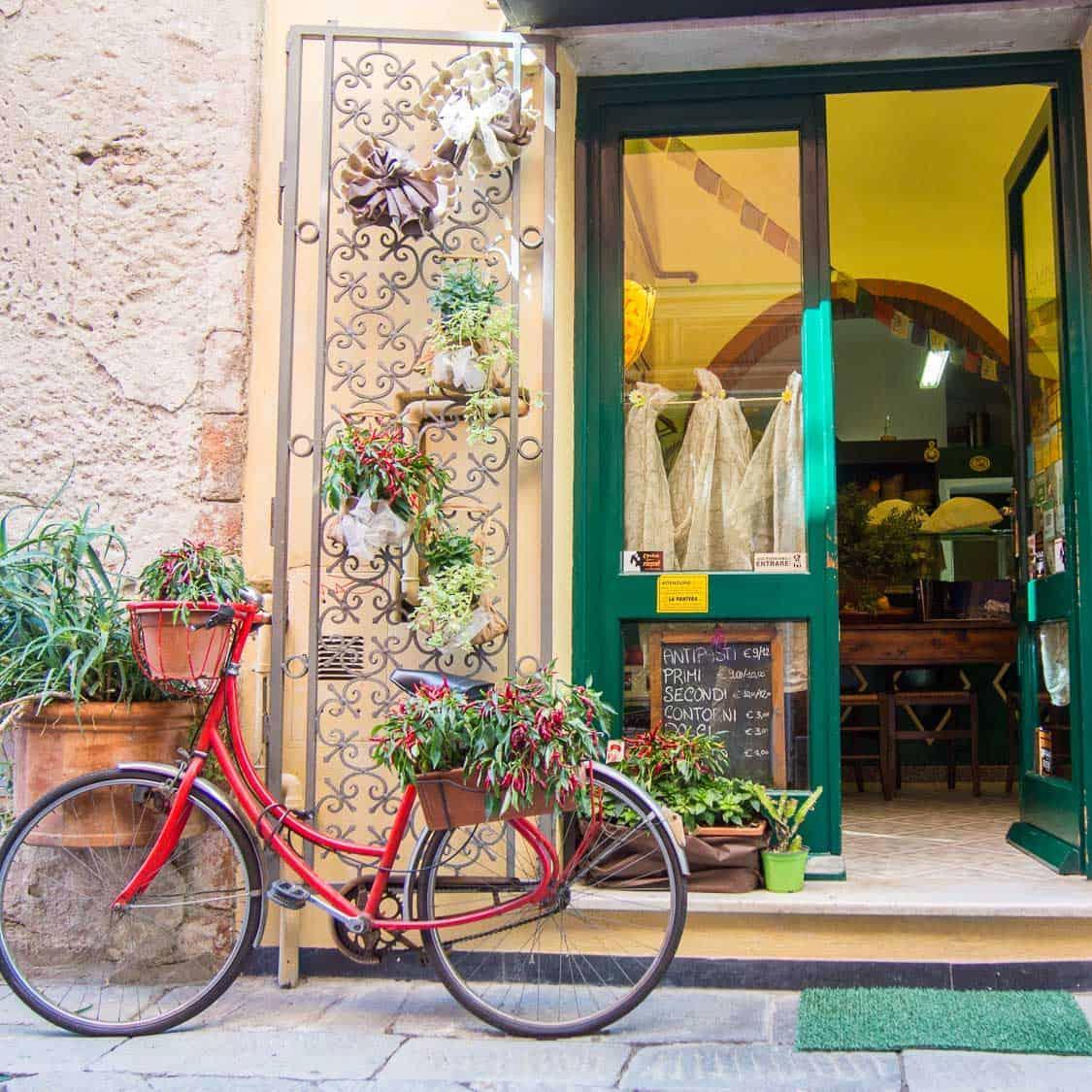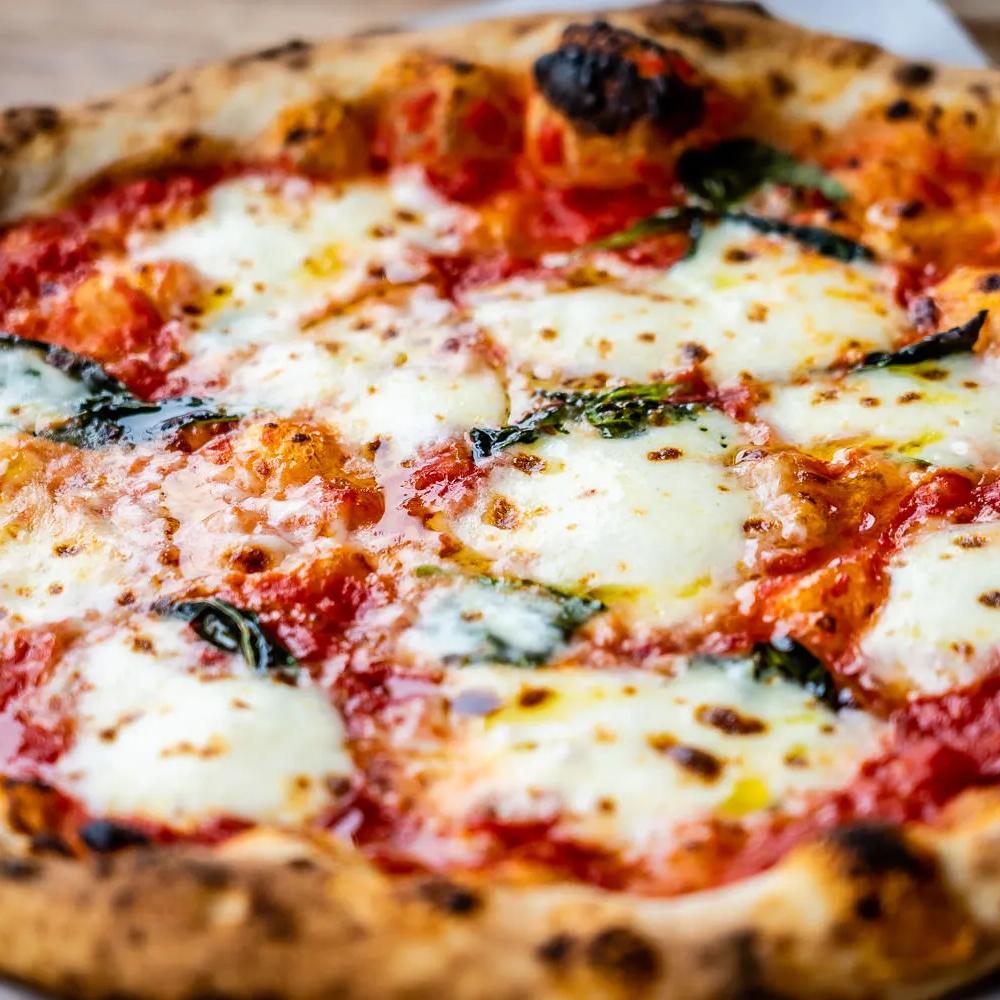Halley & Ryan
General Italy Tips

Tipping
GENERAL TIPPING GUIDELINES
Tipping can be tricky when visiting a foreign country. In the U.S., leaving a tip of at least 18-20% because in most states, the minimum wage for restaurant workers is even lower than the standard minimum wage. In Italy, however, wages are set without factoring tips in, meaning waiters and the like are not dependent on your tips to pay their bills. What that means for you: You should never feel obligated in any way to leave a tip +Taxi - Round up by 1-2 Euro only if you want to avoid the hassle of making change +Restaurants - Many restaurants in Italy charge a service fee “servizio incluso” and no tip is necessary. If not, feel free to round up but don't try to calculate based on percent. +Bell hop - 1-2 Euro per bag

Reading the Menu
UNDERSTAND A TRADITIONAL ITALIAN MENU
While Italian menus are divided into the following courses, don't feel obligated to order from each section! + Antipasti - Appetizer, typically made for sharing + Primi - First course, typically pasta or soup. The portions aren't huge and are made to pair with either an antipasti or secondi. + Secondi - Second course, typically meat or fish. Sides are usually order separately. + Contorni - Side dish. Note that salad will arrive after you’ve eaten your meat, but hot vegetables will come with it. + Dolci - Desserts. The menu is usually quite simple and will include fruit, gelato, a cake or tart, and a regional speciality. + Caffè - It’s very common to finish your meal with un caffè (espresso). It comes after dessert, not with it.

Eating in Italy (Do)
The "Do's" of Dining in Italy
+ Do: Try regional specialties + Do: Order the house wine. Typically the best and cheapest option on the menu because it's made locally + Do: Order more than one type of Gelato at a time, even a small (which is usually plenty) + Do: Ask for a glass of wine even if only bottles are listed on the menu, there is always the option of "un bicchiere" (a glass) + Do: Ask for the bill/check (il conto). Restaurant staff will not automatically bring it as they don’t want to rush you. It can take a while as they assume you’re not in a hurry. + Do: Enjoy a pre-dinner drink or aperitivo at a bar. This is usually a glass of wine or cocktail + Do: Order wine (or just water) with a meal—Italians only drink beer and soft drinks with pizza.

Eating in Italy (Don't)
The "Don'ts" of Dining in Italy
+ Don't: Eat at restaurants near a tourist attraction + Don't: Sit to have your coffee at a café. It is cheaper to order & drink it standing at the bar. (You could pay nearly 4x more to sit near touristy locations) + Don't: Expect to eat at restaurants any time. Most Italians eat dinner after 8pm. Traditional restaurants open for lunch around 12 & close at 3pm. They re-open around 7 or 8pm for dinner. There are cafe's and pizza shops you can pop in if you get hungry in the afternoon. + Don't: Expect much for breakfast. A coffee and cornetto (croissant or brioche) is the norm + Don't: Order cappuccino after 10am. Later in the day stick to an espresso + Don't: Ask for parmesan on your pasta. You’ll be offered parmesan if appropriate + Don't: Assume you can pay with a credit card (though most restaurants do take cards)

Paying
HOW TO PAY IN A CAFE OR RESTAURANT
At a restaurant, you'll very rarely ever receive your bill without asking for it. It is customary to sit at lunch or dinner for hours, you won't be rushed like you are in the US. It's is also common to pay your bill at the register (even at a nice restaurant), opposed to your server taking your card and running it. If you're not sure what to do you - always ask! Just don't get frustrated if your dining experience isn't exactly the same as the states. It's customary to order and pay for your coffee, espresso, breakfast pastry, etc. at the cash register of a cafe and then bring your receipt to the coffee bar to give to the barista to make your order. You'll save money by drinking/eating standing at the bar instead of sitting down. We recommend having cash on hand for the smaller items like coffee or pizza, but you can use a credit card for your meal! Double check the card you're using doesn't charge a foreign transaction fee.

Pizza
KNOW YOUR ITALIAN PIZZA
Pizza may be the national food of Italy, but you'll find it's prepared different everywhere you go. 1. Pizza Napoletana - Cooked in a 900 degree oven, it's known for being soft inside and crisp on the outisde. This pizza is served personal style (usually folded and served as finger food). 2. Pizza al Taglio - Typical in Rome, it means "pizza by the cut". It's baked in sheet pans and sold by the slice. You order as you would in a cheese shop, making your selection from the display case, telling the server how much to cut off and paying by the weight. 3. Pizza Fritta - Fried pizza dough with toppings 4. Pizza Italiana - This is the none-of-the-above style. It may also be recognized as "classica," "tradizionale," or, in the generic sense, "Napoletana." It's pizza according to the Italian model, as opposed to the American one: Small size (about 12 inches). Thinner crust. Fewer toppings and less of them. Familiar pre-sets (Margherita, marinara, Napoli, quattro stagioni, capricciosa) rather than design-your-own.

Jet Lag Tips
BEAT JET LAG
Jet lag is real, and there's nothing worse than feeling like you're in a fog the first few days of travel. To acclimatize yourself before you go, try waking up and going to bed later than usual if you're travelling west. If you're travelling east, wake up earlier and go to bed earlier. Say no to inflight coffee, caffeinated soda, and alcohol. Instead, drink plenty of water or other drinks that aren’t going to dehydrate you. Dehydration can worsen the effects of jet lag. Try to sleep during your flight. Ideally, you want to wake up when your plane arrives in the morning at your destination. If it’s daytime when you get to where you’re going, don’t stay inside! Move around and be active. Get as much bright light during the morning and afternoon as possible to help your body’s clock adjust. Your stomach may not be ready for food when you first arrive but it is important to try to eat something when you usually do. Limit naps in the days following your arrival. Try to stay awake until your normal bedtime and to get up on time the next day.

Power Adapter
UNIVERSAL ADAPTER
Having the right Italy power plug adapter can make or break your trip! Wall outlets in Italy will fit device plugs with two or three round pins. Plugs that have the three round pins tend to stay in the wall better and they are grounded. You’ll need at least a basic two-prong plug adapter, European standard. Look for an adapter that allows you to plug in a Type A/B device into a Type F or L outlet. Electricity in Italy complies to the European standard rules, so wall sockets have 220 to 240 volts alternating at 50 cycles per second output. If your gadget or appliance is not dual voltage and requires a different voltage then you'll need a power converter (or transformer) to convert to 220 to 240 volts, however, be wary - you could still burn out your appliance if it's not made for voltage that high. Feel free to reach out to us if you're having a hard time finding one, and we can help point you in the right direction!

Restaurant Names
BREAK DOWN RESTAURANT NAMES
+ Ristorante – A formal restaurant. + Trattoria / Hosteria – Usually family-run, offering traditional local cuisine. + Osteria – A casual place for drinking and dining on simple food such as pasta. + Tavola calda –Translates to ‘Hot table’. A cafeteria with pre-cooked meals, usually with no table service. + Pizzeria – Pizzeria, usually with options for pasta, salad and fried food. + Pizza al taglio – Serving slices of pizza, sold by the weight. + Pasticceria – A pastry shop. + Enoteca – A wine bar, often serving cheese, ham, bruschetta and other snacks. + Paninoteca – A sandwich shop.

Churches
VISITING CHURCHES
There are quite literally thousands of beautiful, historic churches all across Italy. We definitely suggest checking out as many as you can! But, there are some things to note before going. + Always make sure you shoulders and knees are covered. For girls, we suggest keeping a light weight scarf on you to cover up when needed + Don't wear a top that exposes your mid drift + No tank tops for men or women + Don't use flash photographery in churches or museums + Do look up the hours before hand if there's a church you're excited to visit. Some churches will close during lunch hours. + Some churches have boxes set up for donations, it's great to have cash on you to donate if you can.

Emergency Numbers
IN CASE OF EMERGENCY
Keep these numbers on hand in case of an emergency! Police 113 Fire Brigade 115 Ambulance 118.

Cell Phone Plan
PREPARE YOUR PHONE FOR TRAVEL
There are a few different options to ensure you have cell service when traveling abroad. The easiest option is to go through your phone plan - if you're traveling as a couple or with another person, you could opt to just have one person upgrade their plan for the duration of the trip. iPhone Facetimes and iMessages will work when you're hooked up to WiFi (even without an international plan). We recommend downloading WhatsApp before you go, as that tends to be the app that hotels, AirBnbs, etc. communicate through. The other option is to purchase an international SIM card when you arrive in Italy (pretty widely available in all major cities), usually for around $40. You can also purchase them in the airport when you arrive, though they tend to be a bit pricier.

Maps
GETTING AROUND ITALY
If you have a data plan then you'll likely have access to your Apple or Google maps whenever you have data or Wifi. To be safe, we recommend downloading the Maps.Me app which allows you to access your maps without any service (there were a few times our car GPS wouldn't work and we didn't have cell service on our trip, this app really came in handy).

Mobile Passport Control
GET THROUGH CUSTOMS QUICKLY
Even better than Global Entry, download the Mobile Passport Control (MPC) app. When your flight back to the US lands, fill out the quick survey (7 short questions) and you'll be ushered into a fast track line through customs. Note: This only works coming back to the US as a US Citizen, there is no way to get through on the Italy side quicker. Find out more here: https://www.cbp.gov/travel/us-citizens/mobile-passport-control